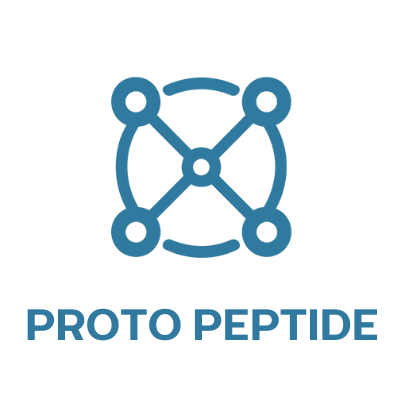BPC-157 and the Gut-Brain Connection: Emerging Research Insights
The connection between the gut and the brain has become a fascinating focus of modern biomedical research. Known as the gut-brain axis, this communication pathway links digestive health to neurological well-being. Among the compounds studied, BPC-157 has drawn attention for its potential role in influencing this relationship.
Understanding the Gut-Brain Axis
The gut and brain constantly exchange information through the vagus nerve, immune signaling, and gut microbiota. Disruptions in this system have been linked to stress, inflammation, and even mood regulation challenges.
BPC-157 and Gastrointestinal Research
- Stomach and Intestinal Healing: BPC-157 has been studied in relation to gastric ulcers and intestinal repair.
- Anti-Inflammatory Effects: Observations suggest it may reduce inflammation in gut tissues, which is key for a balanced gut-brain connection.
- Neuroprotective Potential: Early studies have indicated possible protective effects on brain tissue under stress.
Why This Matters for Research
By influencing both gut and neurological pathways, BPC-157 provides researchers with a unique model for studying the gut-brain axis. Its effects on blood vessels, nerves, and inflammatory processes are of particular interest.
Conclusion
The gut-brain connection is complex, but BPC-157 may offer valuable insights for future scientific exploration. For researchers examining this interplay, BPC-157 10mg is available as a research grade peptide. Here at ProtoPeptide, and our products are supported by independent lab testing. Our focus is on precision and reliability, giving Canadian researchers peace of mind. All peptides are for research use only and handled under strict quality assurance. We also make it easy by offering bundle options to simplify your lab setup.
Disclaimer
This content is for informational and research-related purposes only. The peptides mentioned in this article are intended strictly for use in controlled laboratory settings by qualified professionals. It is not approved for human or veterinary use. Always follow your institution’s guidelines and consult safety data sheets (SDS) before handling any research chemical.
